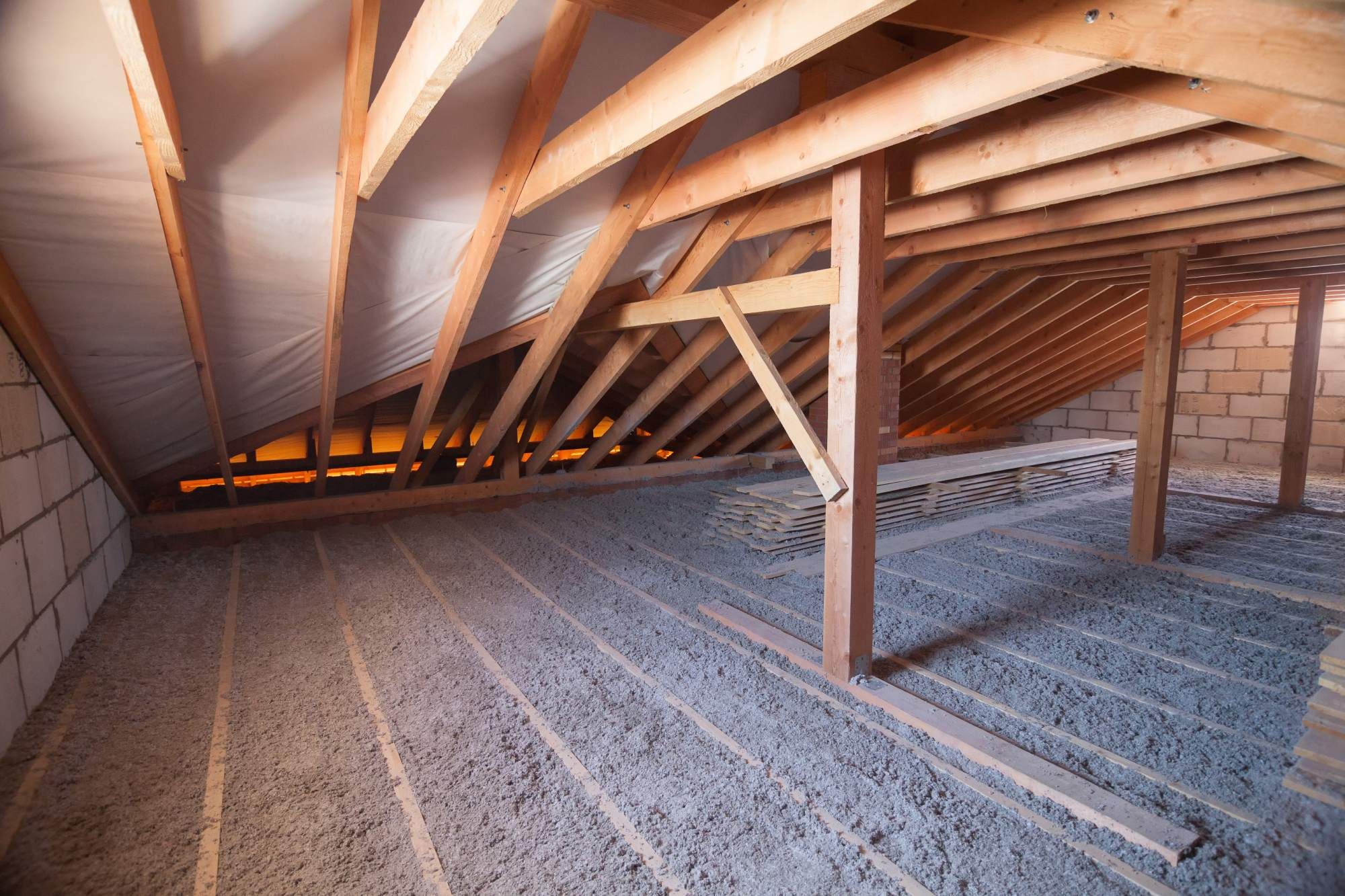
Retrofit: An Inclusive Solution To Decarbonising Housing
In the UK, there are currently 25million homes, an increase of four million in the last twenty years. Together, our households contribute a total of 58.5 million tonnes of CO2 per year – the equivalent of using 28 million cars and estimated to be anywhere between 21-40% of the countries’ total carbon emissions – scary, right?
Despite a national pledge towards net zero targets that’s due by 2030, the UK is stood at the crossroads.
The Climate Change Committee delivered a fatal blow to parliament that the UK would have to quadruple its current progress to succeed at the end of the decade.
Using new greener technologies, the government must encourage housing associations, councils (and themselves) to increase the rate of upgrades which will in turn act in the countries’ interests and pursue net zero ambitions.
The question is clear - how can the sector be motivated and incentivised to make the necessary changes to increase portfolio health, and make these properties less prone to regular maintenance? But more importantly, what's the solution?
The answer is retrofitting.
So, what exactly is retrofit?
The concept of retrofitting has largely emerged in the wake of a combination of pressures upon the housing sector. Net zero targets, a priority to build safely in the aftermath of Grenfell, fuel poverty, and a cost of living crisis - to name a few.
Swapping out old, inefficient aspects of buildings (boilers, windows, cladding) whilst improving draft-proofing and energy efficiency on the whole will improve the functionality of housing entirely.
Amongst curbing pesky emissions, landlords and housing associations alike will find financial relief from these renovations at a time when other necessities such as outward investment and internal cutbacks will need to be prioritised to avoid financial disarray.
This year, a government pledge of £1.8 billion towards reducing inefficiencies in homes that are rated EPC D or lower, will aim to improve the overall efficiency of social housing; including attic insulation and new windows. Yet this figure also includes improvements to public sector buildings including councils and government buildings.
Despite change from within social housing, there is little motivation for wealthy landlords or big housing associations with a large property portfolio to follow suit and make the dramatic change in line with what’s required to halt the looming climate crisis.
Who knew they could be so stubborn?
As a result, attention is being drawn to the bigger challenges that will be of particular concern. *Drumroll please* …. Particularly within the private social housing sector!
Considering the scales of income, cost, time, investment and the workforce needed to achieve this huge task, the situation remains bleak. Whilst retrofitting could be the solution, a tenfold increase in efforts is required to stay aligned with 2030 targets - as emissions from within housing have remained stagnant over the past decade.
As a result, the path forward is clear, yet uncertain.
But, the technology already exists!
It doesn’t take much research to find that new technologies, including new boilers, heat pumps, insulation and re-fitting homes that use gas for electricity (which would improve data on fossil fuel consumption) would be a step forward to everyone involved – including tenants.
A decade ago, there were rewards for thinking green. Anybody remember the nationwide solar panel grant?
Despite drawbacks of the scheme (the fact that the UK may not be the appropriate location for solar technology), similar incentives have the potential to make big change for housing. The difference within the current issue of refurbishing homes lies within pinpointing specific inefficiencies and weaknesses - by property.
The use of modern technology within homes can measure draughts and temperatures to identify where money will be best spent - and saved. Furthermore, CO2, humidity and air quality can also be measured to pre-empt best strategies for cost effective purposes.
The answer is simple and clear, collaboration and joint strategies will deliver on these schemes.
To assist in reaching net zero targets, a sense of urgency between both the government and the private sector. Perhaps forming - ahem, a scheme that includes rewards and incentives for this transition?
Retrofit Credits developed by HACT and Arctica Partners will provide a joint effort in decarbonising the country through refurbishments in properties. This was developed in response to the sector’s efforts to reduce emissions... despite none of these efforts occurring through changes within homes themselves.
With the effort of locally-funded ‘credits’, housing providers are provided with exclusive access to decarbonising technology to quick-start retrofit projects at a fraction of the price, which will in turn – boost the quality of their portfolios.
So, to conclude.
Through collaboration, education and inclusivity this is possible – councils, the government and the private sector need to take ownership of reducing the carbon footprint produced from within the sector, and at a dramatic rate.
Looking for precise data to evaluate your pending retrofit strategy?
Our I-System will help collate the stats on your behalf – so you can make the right decisions first time round.
Enquire today and see what savings you can make! (Hint: it’s more than just money).







